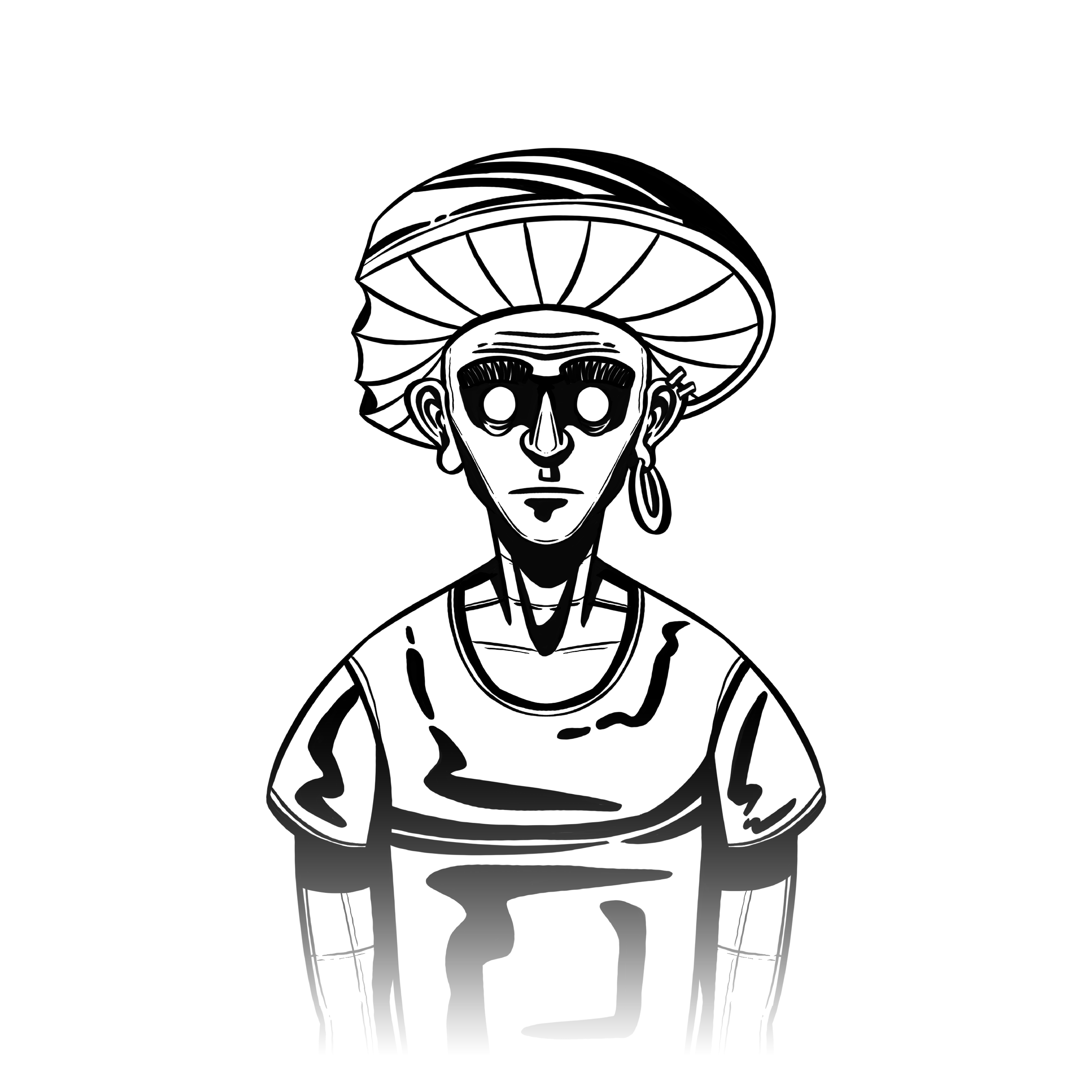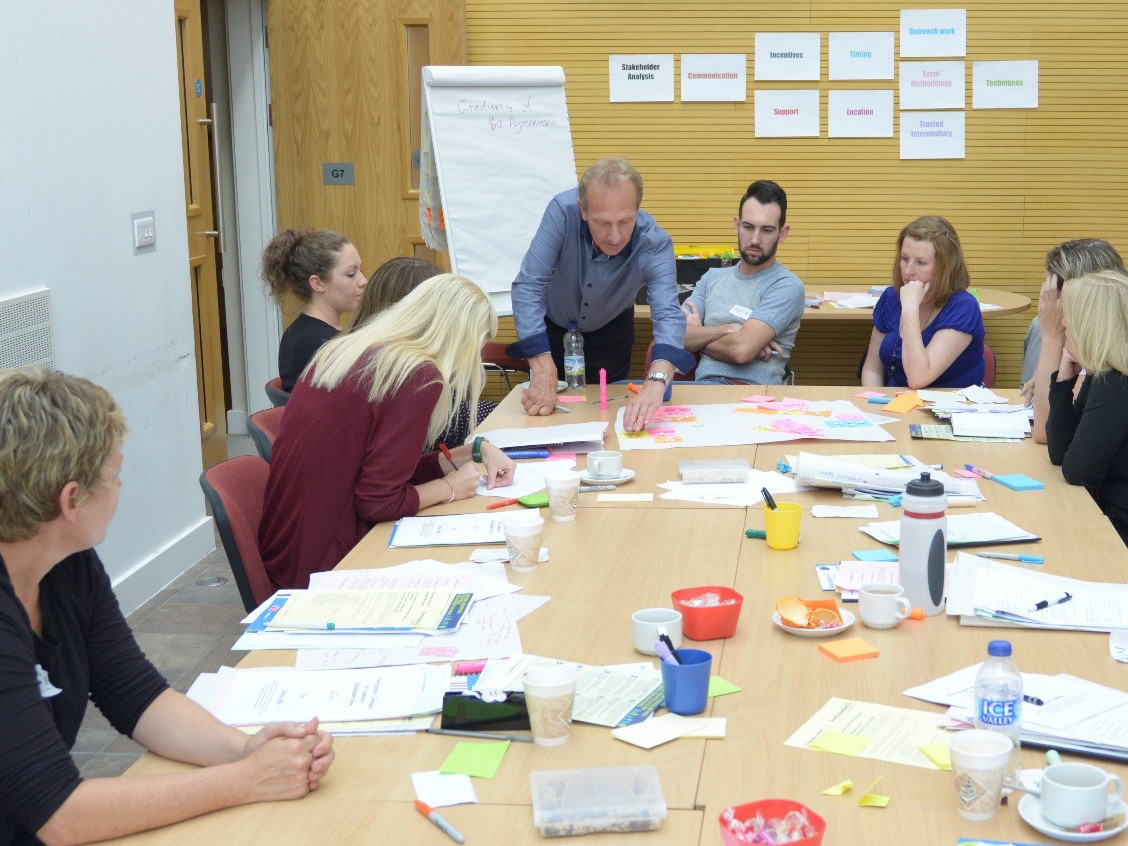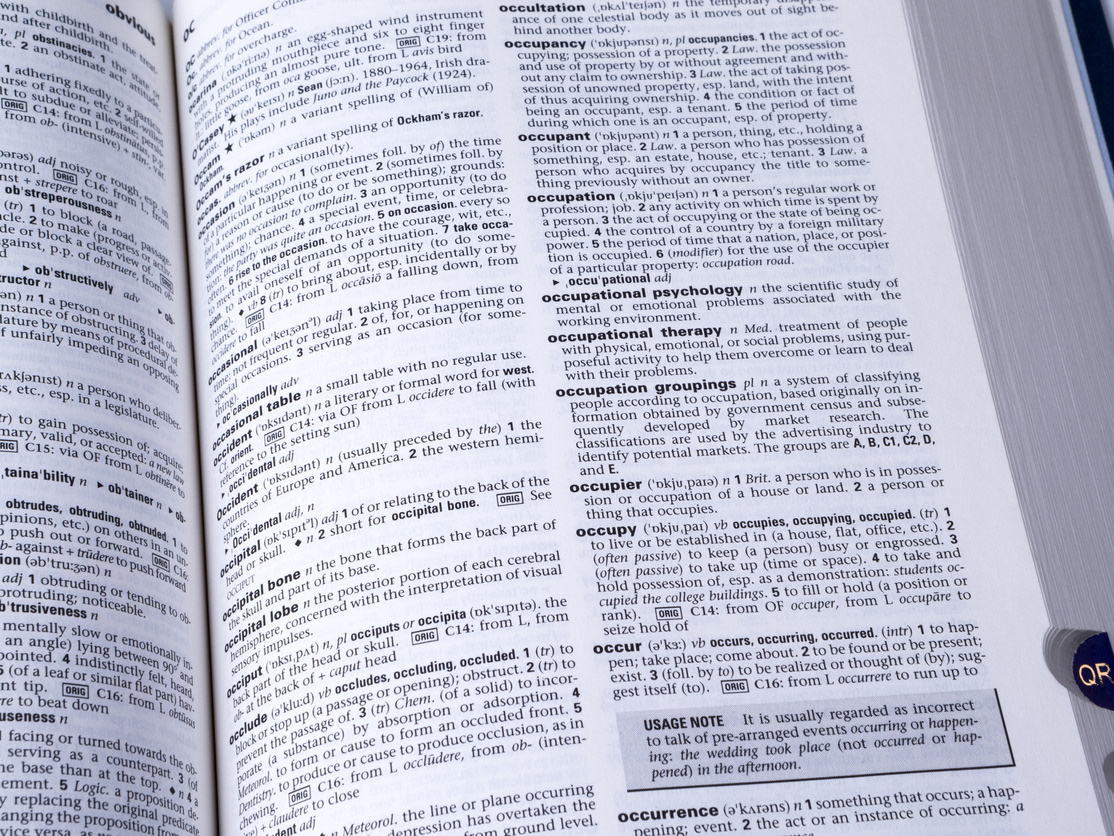AFFORDANCE
What is the application of the concept of affordance to the materials used in tinkering? I could think of applying the concept of affordance to tinkering materials in a number of ways.
1. Threshold
When tinkering materials have clear affordances that are easy to spot, it lowers the barrier for entry and speeds up the tinkering process. For beginners, if materials are intuitive and their possible uses are obvious without requiring deep prior knowledge, they can dive right into tinkering.
Good examples might be simple materials like clay, LEGOs, or basic office supplies. These materials have clear and accessible affordances, making it easier to understand how they can be used and combined.
2. Ceiling
Materials that have simple and obvious affordances can allow for quick learning and play but may lack a bit when it comes to complex problem-solving.
For example, basic materials like LEGOs or office supplies might work great for simple projects and problems, but may not provide the complexity needed for advanced tinkering or specialised problems. Slightly more difficult to use tinkering materials like the Arduino have a higher ceiling, allowing for more intricate designs and deeper exploration of complex topics.
3. Self-guiding
If material affordances are obvious, its could be considered self-guiding in that it sets users up for exploration and experimentation without needing instructions. Good tinkering materials should intuitively guide users to start tinkering.
For instance, LEGOs are self-guiding in the sense that users can quickly see how pieces fit together and start creating designs without needing any explanation.
4. Reversable
The option of reversing design choices allows for iteration and learning through trail-and-error. If a tinkering material allows for easy corrections, it enables users to experiment freely without worrying about permanent mistakes.
A strong example would be clay, which allows for pretty much complete reversability of any decision.
5. Flexible
Flexible or open-ended materials, which have a large variety of affordances, offer a wide range of possibilities for different types of tinkering projects. Flexible materials let users adapt them to various contexts or goals.
An example might be tape, which can find a purpose in pretty much any tinkering context, ranging from cardboard designs, to more complex applications in electronics and robotics projects.
6. Robustness
How durable and forgiving is the material? Some sensitive tinkering materials such as electronic components break more easily than, for example, LEGOs. This influences how freely users interacts with the material and how experimental the tinkering will be.
7. Interoperable
Can the material be used with other tinkering materials? Basic things like the previously mentioned tape can be used not just in pretty much any context, but also with almost any tinkering material. A more interesting example would be LEGOs, which is not inherintly very interoperable, but because of its popularity and great tinkering potential, has many conversion kits available to allow for te integration of other tinkering materials.
About Definitions
To what extent are the original definition of affordance by Gibson or the HCI oriented re-definition of Norman useful?
How I understand it, Gibson really defined affordance in its most basic form, where affordances are mostly the "responsibility" so to speak, of the person interacting with the object. This is useful for tinkering because it hints at how the upper limit of possibilities with materials is in theory dependent on the person using them, suggesting that the better tinkerer will see more options and have better outcomes with a given material.
However, Norman's definition is also useful for highlighting how certain features or "signifiers" in materials make it easier to spot possibilities, balancing out the responsibility of affordance between the user and the object a bit more. It should be taken into consideration in the context of material choice and design, making sure that materials have affordances that can be sufficiently recognised. Whether or not these signifiers should be included in the definition of affordances is mostly semantics to me.
MATERIAL TABLE
Can be found in the navigation bar above :)



